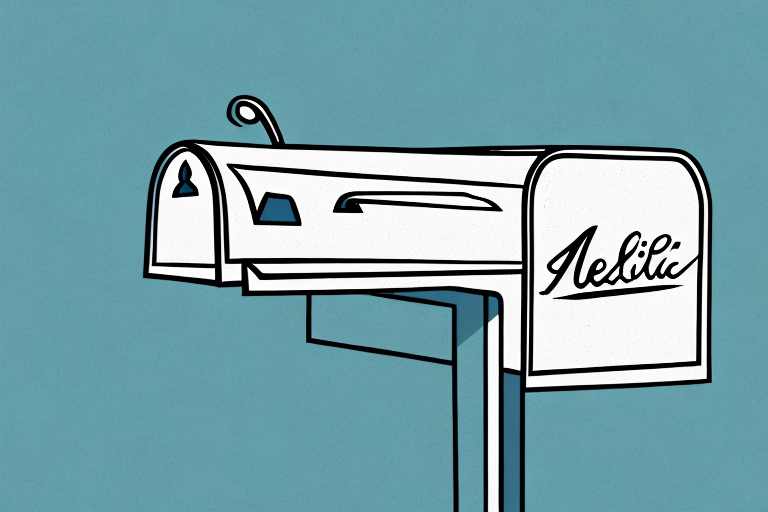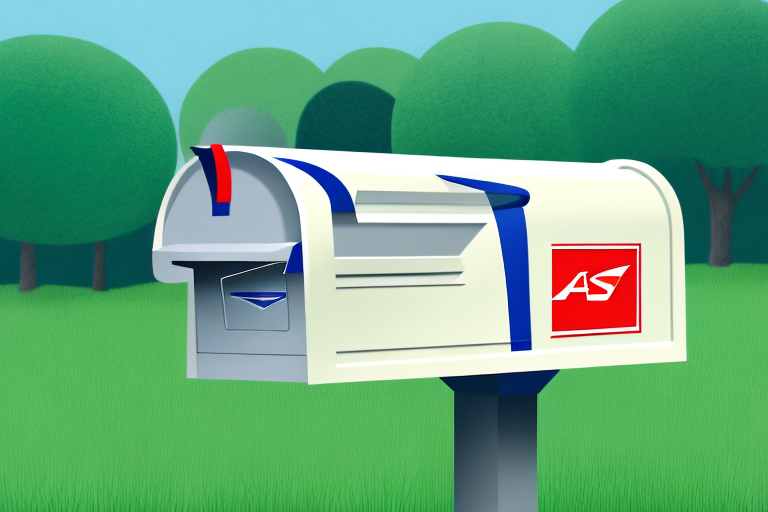Understanding the Mailbox Surcharge and How to Avoid It
If you rely on a mailbox service provider for your mail and package deliveries, you may have encountered the Mailbox Surcharge fee. This fee can be unexpected and frustrating, but understanding its origins and how to avoid it can save you money. In this article, we'll explore everything you need to know about the Mailbox Surcharge fee, including its reasons, types, calculation methods, and practical tips to minimize or avoid these charges. We'll also examine alternatives to using a mailbox service to help you make informed decisions.
Why Do Mailbox Surcharge Fees Exist?
Mailbox surcharge fees are imposed to compensate mailbox service providers for the additional work required to handle packages on behalf of their customers. Many mailbox providers are situated in commercial areas and may not be equipped to manage the high volume of packages typically delivered by carriers like UPS, FedEx, or DHL. Handling, sorting, and storing these packages incur extra costs, which are passed on to customers through surcharge fees.
Additionally, surcharge fees serve to discourage the use of mailbox services solely as a means to avoid higher shipping costs. When customers use mailbox services to take advantage of lower shipping rates, it can lead to increased workload and operational costs for the providers. By imposing surcharge fees, providers aim to offset these additional expenses.
Mailbox surcharge fees may also cover the costs of premium services such as package forwarding, mail scanning, and extended storage. These value-added services require extra resources from providers, justifying the additional fees charged to customers.
Types of Mailbox Surcharge Fees
Mailbox surcharge fees can vary depending on the service provider's policies. Common types include:
- Package or Handling Fees: Charged for each package received through the mailbox service.
- Sizing Fees: Applied when a package exceeds the standard size or weight limits set by the provider.
- Storage Fees: Incurred if a package is not picked up within a specified timeframe, usually charged daily.
- Pickup Fees: Fees for in-person package retrieval, as opposed to having the package delivered.
How Are Mailbox Surcharge Fees Calculated?
The calculation of mailbox surcharge fees varies by provider but typically considers factors such as the size, weight, and number of packages received. Additional variables may include storage duration, handling complexity, and overhead costs. For instance, larger or heavier packages may incur higher fees due to the increased effort and resources required to manage them.
To understand how your specific fees are calculated, review your mailbox provider's terms and conditions or contact their customer service for detailed explanations.
Who Is at Risk of Being Charged a Mailbox Surcharge Fee?
Any individual or business using a mailbox service for mail and package deliveries may be subject to surcharge fees. However, those who receive frequent, large, or heavy packages are more likely to incur these fees. Customers using mailbox services primarily for essential mail may experience fewer surcharge charges compared to those using the service for regular or bulk package deliveries.
How to Find Out If You're Being Charged a Mailbox Surcharge Fee
To determine if you're being charged a mailbox surcharge fee, follow these steps:
- Examine your monthly bills or statements for any additional fees listed under handling or surcharge categories.
- Contact your mailbox service provider directly to inquire about any applicable surcharge fees and their criteria.
- Review your service agreement or terms and conditions, which typically outline all potential fees and charges.
Consequences of Not Paying the Mailbox Surcharge Fee
Failing to pay mailbox surcharge fees can lead to several consequences, including:
- Service Suspension: Providers may suspend your mailbox services until outstanding fees are paid.
- Legal Action: Unpaid fees can result in legal actions or involvement of collection agencies.
- Credit Impact: Non-payment may negatively affect your credit score if the debt is reported to credit bureaus.
It's crucial to address any outstanding fees promptly to avoid these potential disruptions and financial repercussions.
Tips for Avoiding Mailbox Surcharge Fees
Here are several strategies to help you minimize or avoid mailbox surcharge fees:
- Select the Right Provider: Choose a mailbox service that offers competitive rates and transparent fee structures.
- Schedule Deliveries Wisely: Arrange for package deliveries during off-peak hours to reduce the likelihood of incurring surcharge fees due to high volume.
- Utilize Package Lockers: Consider using package locker services or parcel forwarding to bypass mailbox surcharge fees altogether.
- Opt for Home Delivery: If you have a secure and reliable mailing address, choose home delivery to avoid mailbox provider fees.
- Monitor Package Size and Weight: Be aware of your provider's size and weight limits to prevent unnecessary surcharge fees.
Alternatives to Using a Mailbox Service
If mailbox surcharge fees are a concern, explore these alternatives:
- Home Delivery: Receive mail and packages directly at your residence through standard postal services or private carriers.
- Package Locker Services: Utilize secure locker services offered by retailers, post offices, and major shipping carriers for convenient package retrieval.
- Parcel Forwarding Services: Use a parcel forwarding service that provides a virtual address and forwards packages to your desired location, potentially reducing fees.
How to Negotiate with Mailbox Service Providers to Avoid Surcharges
If you're facing high mailbox surcharge fees, consider these negotiation tactics:
- Loyalty Discounts: Inquire about discounts or special rates for long-term customers.
- Volume Discounts: Ask if frequent package recipients are eligible for reduced fees or package deals.
- Fee Waivers: Request waivers or reductions for fees incurred due to service delays or errors on the provider's part.
- Provider Switching: If negotiations are unsuccessful, consider switching to a provider with more favorable fee structures.
Legal Options for Challenging Unfair Mailbox Surcharge Fees
If you believe you're being unfairly charged mailbox surcharge fees, you have several legal avenues:
- File a Complaint: Submit a complaint to your state's consumer protection agency or the Better Business Bureau.
- Small Claims Court: Pursue a small claims court action to recover disputed fees directly.
- Legal Representation: Consult with an attorney specializing in consumer protection or contract law to explore further legal options.
Comparing the Cost of Using a Mailbox Service vs. Regular Mail Delivery
Deciding between a mailbox service and regular mail delivery involves weighing costs and benefits:
- Mailbox Service: Offers conveniences like 24/7 access and package acceptance but often includes additional fees for handling, storage, and oversized packages.
- Regular Mail Delivery: Generally more cost-effective for standard mail and small packages but may lack the flexibility and security offered by mailbox services.
Consider your mailing frequency, package sizes, and budget to determine which option best suits your needs.
Case Studies: Real-Life Examples of Mailbox Surcharge Fees
Understanding how others have dealt with mailbox surcharge fees can provide valuable insights:
- Case 1: A customer was charged a $15 surcharge for a small package that fit in a regular mailbox. After contacting the provider, the fee was waived upon explanation.
- Case 2: Another individual faced a $10 storage fee for not picking up a package within five days. By negotiating, they secured a reduced fee and an extended pickup period.
Future Trends in Mailbox Services and Potential Changes to the Surcharge System
The mailbox service industry is evolving, with several trends potentially impacting surcharge fees:
- Parcel Lockers and Self-Service Deliveries: Increased use of parcel lockers may reduce reliance on traditional mailbox services, potentially lowering surcharge fees.
- Advanced Technologies: Innovations in package handling and tracking can enhance efficiency, possibly reducing the need for surcharge fees.
- Increased Competition: More competitive mailbox service providers may lead to more favorable pricing and reduced surcharge fees for consumers.
Conclusion: The Importance of Staying Informed About Mailbox Surcharge Fees
Mailbox surcharge fees can significantly impact the cost of using mailbox services. By understanding how these fees work, who is at risk, and the strategies available to minimize or avoid them, you can make informed decisions that align with your mailing needs and budget. Whether negotiating with your current provider, exploring alternative delivery methods, or staying updated on industry trends, proactive management of your mailbox services ensures you receive the best value without unexpected charges.




















